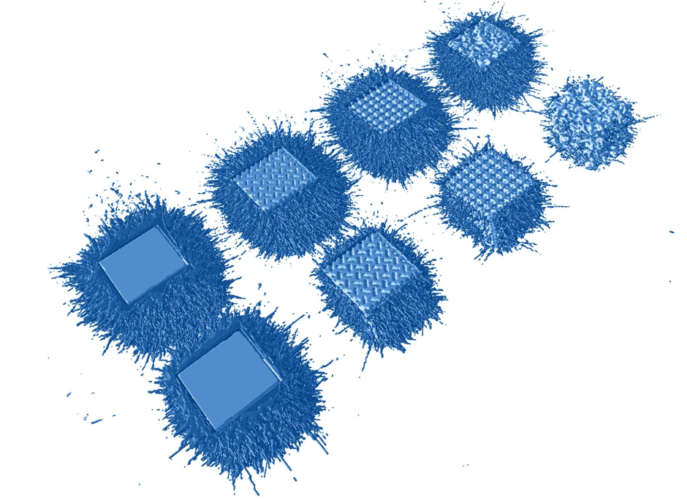
The introduction of the novel gas mixture follows results from a joint development program between Linde and 3D Medlab – part of the Marle Group - to improve quality and productivity of advanced thin medical devices made from Ti64.
CLICK FOR MORE FROM ADDITIVE MANUFACTURING
The study - undertaken between January 2020 and March 2021 – is said to have investigated the effect of the new process gas on spatter formation and process stability during laser powder bed fusion (L-PBF) of Ti64 lattice structures and their resulting properties.
According to Linde, process monitoring with optical tomography showed that spatter emission was significantly reduced when working with argon-helium mixtures compared to argon alone. Research results confirmed that Linde’s argon-helium gas mixture decreases spatter emissions by 35 per cent, which reduces the risk of manufacturing defective parts and improves overall surface quality.
“The ability to print reliably repeatable products is key to improving product qualification, which is crucial for the medical industry”, said Sophie Dubiez-Le Goff, expert Powder Metallurgy for Additive Manufacturing, Linde. “Additionally, from a commercial perspective, printing time is the greatest single cost element in additive manufacturing, but this can be speeded up for thin parts by using just the right atmospheric gas mixture.”
The inert gas within the print chamber can affect part quality and overall production speed, so the study was primarily aimed at assessing the ideal gas mixture to optimise both outcomes. When using argon alone, it was observed that there was a significant amount of spatter – molten metal particles caused by the laser - splashing against adjacent parts being printed. Spatter on highly intricate parts is undesirable, resulting in less fine quality of part threads. Additionally, the use of pure argon resulted in a level of porosity which Linde and 3D Medlab engineers believed could be improved.
“Porosity is the first criteria we look at in terms of defining the quality of an additive manufactured medical device”, said Gael Volpi, head of Additive Manufacturing, Marle Group. “The results of our joint atmospheric gas study with Linde shows that the right balance of helium to argon in the process gas mixture - and ease of implementation - can make all the difference to both quality of output and productivity.”
“Higher productivity was not reached at the expense of quality”, added Dubiez-Le Goff. “On the contrary, thanks to the new process gas mixture being so effective in reducing porosity content by 70 per cent - according to micro-computed tomography analyses - compression properties remained comparable to parts processed with argon only.”




Mandate sets 2030 date for use of sustainable aviation fuel
I do hope this doesn't cause costs to UK aviation to rise and lose business to those staying on fossil fuels.